A Lesson from Powwow: “Feed Your Enemy”
July 26th, 2021 By Brenda Blackhawk
By Brenda Blackhawk
I’ve just returned home from the 155th annual Homecoming Powwow in Winnebago, Nebraska. I knew when my family packed up the campers and vehicles 10 days ago that I would be writing a blog about the trip, so I had it in the back of my mind to notice the way God was showing up. 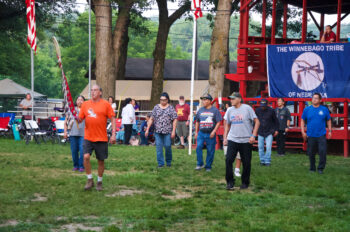
I could write about my 2-year-old niece and how watching her discover new things about herself and the world every day was simply magical. I could write about how missing powwow last year because of COVID was painful and how simply being there this year was spiritual.
Instead, I’ll tell you about the last thing I did before we packed up the trailers and the van to make our way home.
MY DAD WOKE ME up before the sun. He had asked me the night before if I would get up with him and take pictures of the flag raising. The Winnebago Homecoming Powwow is a celebration to honor our veterans, our warriors. So, every morning at dawn, living veterans, like my dad, go down to the powwow arena and raise the flags of fallen warriors.
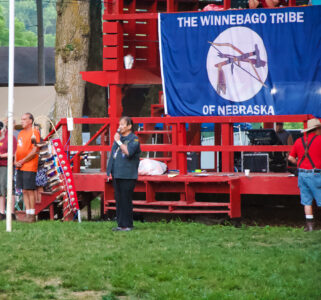 I’m not exactly a morning person, but I put myself together and walked down to the arena with my Nikon. The flag raising ceremony is much more than simply lifting up the 50 or so flags. (There are usually more than 75, but attendance was lower due to to COVID-19.) A drum group played special songs as the flags rose toward the sky. Then, they played four warrior songs and we danced, with one veteran leading as he (or she) carried the eagle feather staff. It all ended with prayer, storytelling, and a meal.
I’m not exactly a morning person, but I put myself together and walked down to the arena with my Nikon. The flag raising ceremony is much more than simply lifting up the 50 or so flags. (There are usually more than 75, but attendance was lower due to to COVID-19.) A drum group played special songs as the flags rose toward the sky. Then, they played four warrior songs and we danced, with one veteran leading as he (or she) carried the eagle feather staff. It all ended with prayer, storytelling, and a meal.
“But I say to you, Love your enemies and pray for those who persecute you.”
The emcee yesterday morning was Mr. Boyh Ladd – a Vietnam combat veteran and one of our Winnebago elders. He had a lot of great wisdom to share, but one thing in particular stuck out to me.
He recapped the story of Chief Little Priest (the person who started the powwow 155 years ago and it’s a fascinating story – ask me about it sometime) and how the custom of our people was to “respect our enemy.” I hesitated at that a little bit – I’m pretty good at totally ignoring my own enemies, as I’d rather do that than think hateful thoughts. Respecting them feels like a stretch. 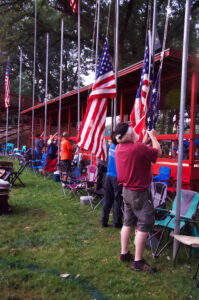
But Mr. Ladd went one step further. He said, “feed your enemies.” He talked about the old practice of “honoring” our enemies – with food and prayer and song. He also recognized that people today – especially our country’s dominate culture – never understood why this is so important.
As he spoke, I thought of two things. First, I’ve heard similar words before. Perhaps, from Jesus in Matthew 5:44, “But I say to you, Love your enemies and pray for those who persecute you.” I’ve always looked at that verse a little skeptically.
I’M A FIRM BELIEVER in cutting out the toxic people – the ones who intentionally hurt others mentally, emotionally, spiritually; the people whose beliefs are rooted in the oppression of me and my family. Loving those people feels like living in victimhood or martyrdom; I won’t sacrifice my happiness to be abused by another.
“I’m pretty good at totally ignoring my own enemies, as I’d rather do that than think hateful thoughts. Respecting them feels like a stretch.”
 But the second thought I had after hearing Mr. Ladd’s words, was that this nation has made enemies of their neighbors. We are so divided by the categories we’ve created for ourselves. Republicans are the enemies of Democrats; conservatives vs. liberals; rural vs. urban; dog people vs. cat people (that last one was meant to lighten the mood).
But the second thought I had after hearing Mr. Ladd’s words, was that this nation has made enemies of their neighbors. We are so divided by the categories we’ve created for ourselves. Republicans are the enemies of Democrats; conservatives vs. liberals; rural vs. urban; dog people vs. cat people (that last one was meant to lighten the mood).
The point is, I’m thinking about it all differently today. I’ll never surrender myself to being a victim or a martyr. But I’m beginning to think about possibilities. What does it look like to respect the enemy? But more, how can we feed them? How do we love them? And how do we stay whole while we do it?

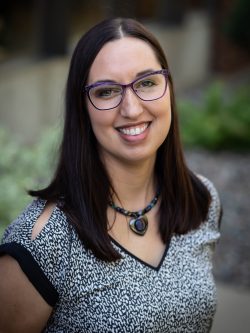
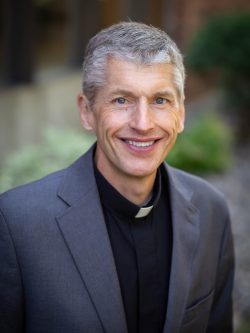
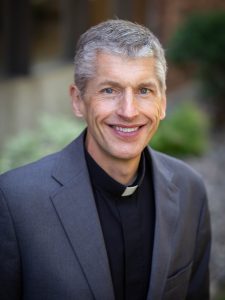 By Pastor Craig Pederson
By Pastor Craig Pederson 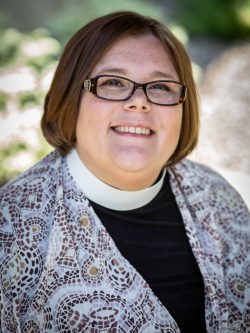
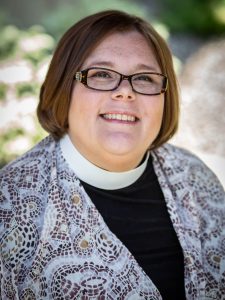 By Pastor Norma Malfatti
By Pastor Norma Malfatti 
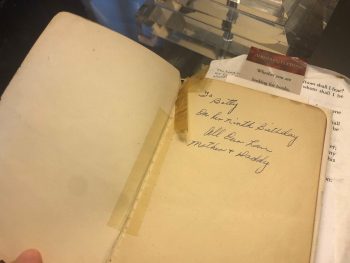 However, a day never passed by that she didn’t share a prayer, a piece of Scripture from the Bible she now read online, or worshipful piece of music on Facebook. In fact, after her death the number one comment I’ve gotten when talking with her friends and my older family members is how much they miss her daily words of encouragement – that simple faith practice of reminding others that they have a God of abundant love and welcome and that God will never abandon them.
However, a day never passed by that she didn’t share a prayer, a piece of Scripture from the Bible she now read online, or worshipful piece of music on Facebook. In fact, after her death the number one comment I’ve gotten when talking with her friends and my older family members is how much they miss her daily words of encouragement – that simple faith practice of reminding others that they have a God of abundant love and welcome and that God will never abandon them.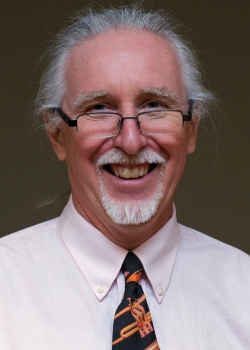
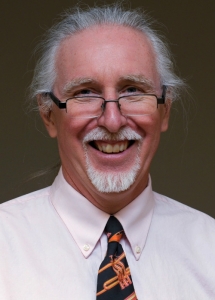

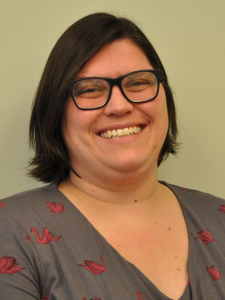 By Meghan Olsen Biebighauser
By Meghan Olsen Biebighauser 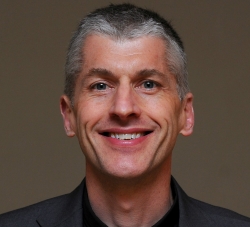
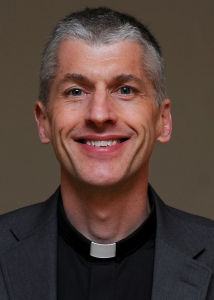 By Pastor Craig Pederson
By Pastor Craig Pederson DURING MY DRIVE out to the funeral that morning, I listened to a
DURING MY DRIVE out to the funeral that morning, I listened to a  The podcast was an interview with Blanc’s only child, Noel Blanc, who recounted the ups and downs of his father’s career and life. Noel Blanc described how his father totally immersed himself in his characters. He also described Blanc’s near-fatal auto accident in the early 1960s. After being in a coma for two weeks, unresponsive and with few signs of hope, a doctor came into his room and tried something different. He said to Blanc, “Bugs Bunny! How are you doing today?” Slowly, Blanc opened his eyes and said, “Ehh, what’s up Doc?” I know, this story is too good to be true, right? But it was verified by both Blanc’s son and the doctor himself!
The podcast was an interview with Blanc’s only child, Noel Blanc, who recounted the ups and downs of his father’s career and life. Noel Blanc described how his father totally immersed himself in his characters. He also described Blanc’s near-fatal auto accident in the early 1960s. After being in a coma for two weeks, unresponsive and with few signs of hope, a doctor came into his room and tried something different. He said to Blanc, “Bugs Bunny! How are you doing today?” Slowly, Blanc opened his eyes and said, “Ehh, what’s up Doc?” I know, this story is too good to be true, right? But it was verified by both Blanc’s son and the doctor himself!
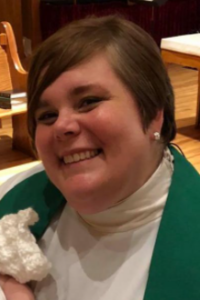 By Pastor Norma Malfatti
By Pastor Norma Malfatti 

 By Madeline Troyer
By Madeline Troyer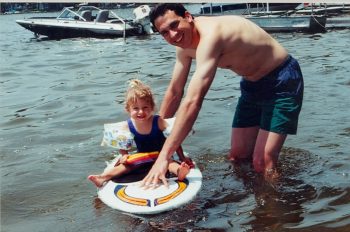

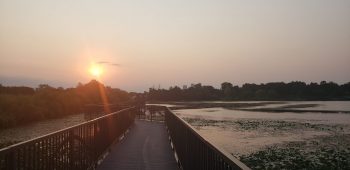
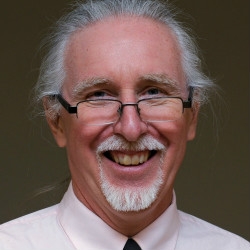

 being removed at the end of the month for indoor gatherings, though face masks will still be required.
being removed at the end of the month for indoor gatherings, though face masks will still be required.